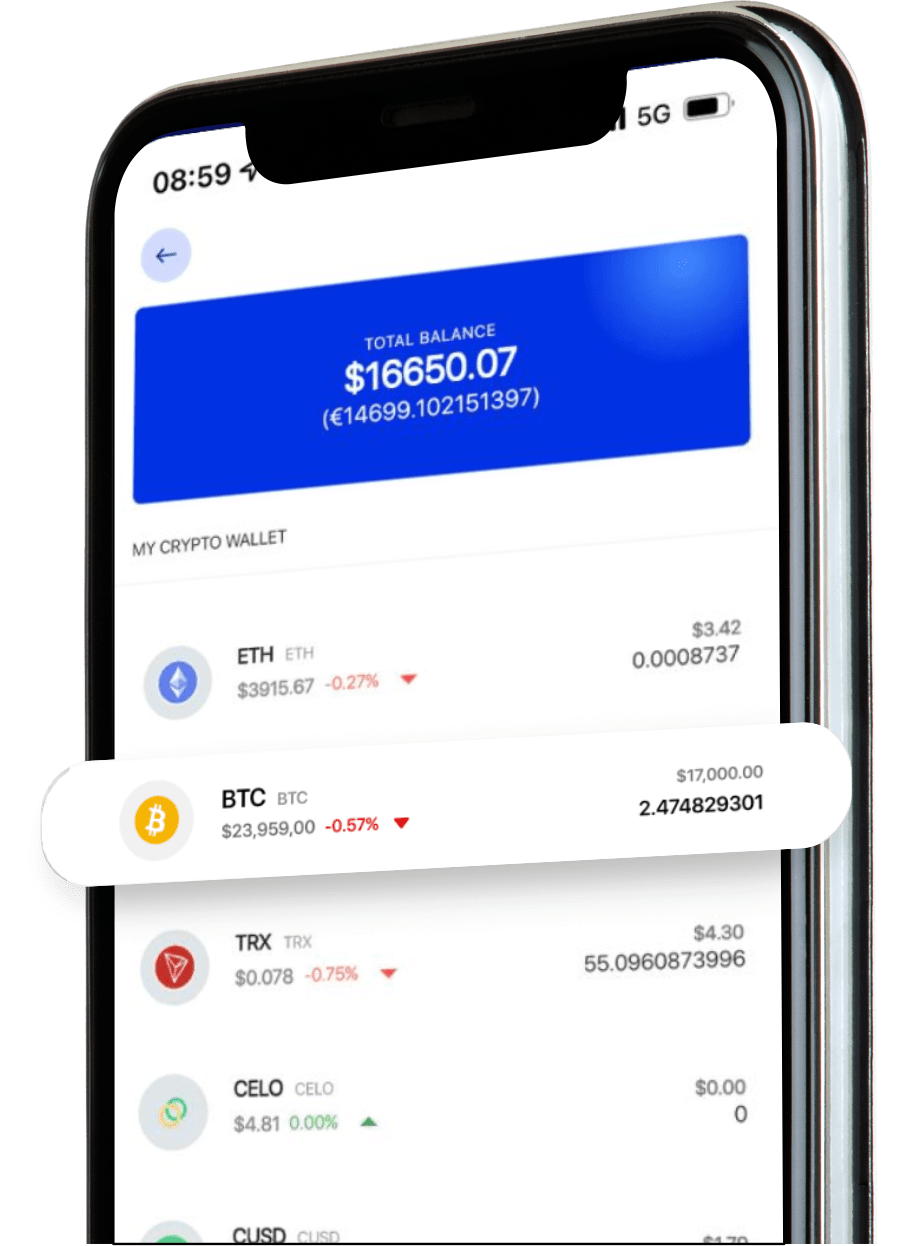Fantom (FTM) is a highly scalable blockchain platform for enterprise applications, crypto dApps, and DeFi. FTM is the Fantom network’s native token. It is used on the Fantom blockchain for staking, voting, issuing payments, and settling transaction fees.
Fantom (FTM) is a decentralized smart contract platform for DApps and digital assets that was developed as an alternative to Ethereum.

The purpose of Fantom is to overcome the limitations of previous-generation blockchains by balancing three components: scalability, security, and decentralization. The project provides a set of tools to make integrating current DApps easier, as well as a precise staking incentive structure and built-in DeFi instruments.
It is a Layer-1 blockchain that uses a scratch-built consensus mechanism and independent consensus layer called “Lachesis” to facilitate DeFi and related services on the basis of smart contracts. Lachesis provides security for other layers as well, including Opera, Fantom’s EVM-compatible smart contract chain. The long-playing mission of the project is to “grant compatibility between all transaction bodies around the world.
Who Founded Fantom (FTM)?
The Fantom Foundation was founded by South Korean computer scientist Dr Ahn Byung Ik in 2018. Currently, the platform’s CEO is Michael Kong.
The team behind Fantom has extensive experience primarily in the field of full-stack blockchain development and aimed to create a smart contract platform which privileges scalability, decentralization and security.
What Makes FTM Unique?
Fantom attempts to use a new scratch-built consensus mechanism to facilitate DeFi and related services on the basis of smart contracts.
The mechanism, Lachesis, promises much higher capacity and two-second transaction finalization, along with improvements to security over traditional proof-of-stake (PoS) algorithm-based platforms.
Matching Ethereum, the project appeals to developers looking to deploy decentralized solutions. According to its official literature, its mission is to “grant compatibility between all transaction bodies around the world.
Its in-house PoS token, FTM, forms the backbone of transactions and allows fee collection and staking activities, along with the user rewards the latter represents.


